
Volvo plans to start CKD operations of cars
- Mar 15, 2013
- Views : 6847

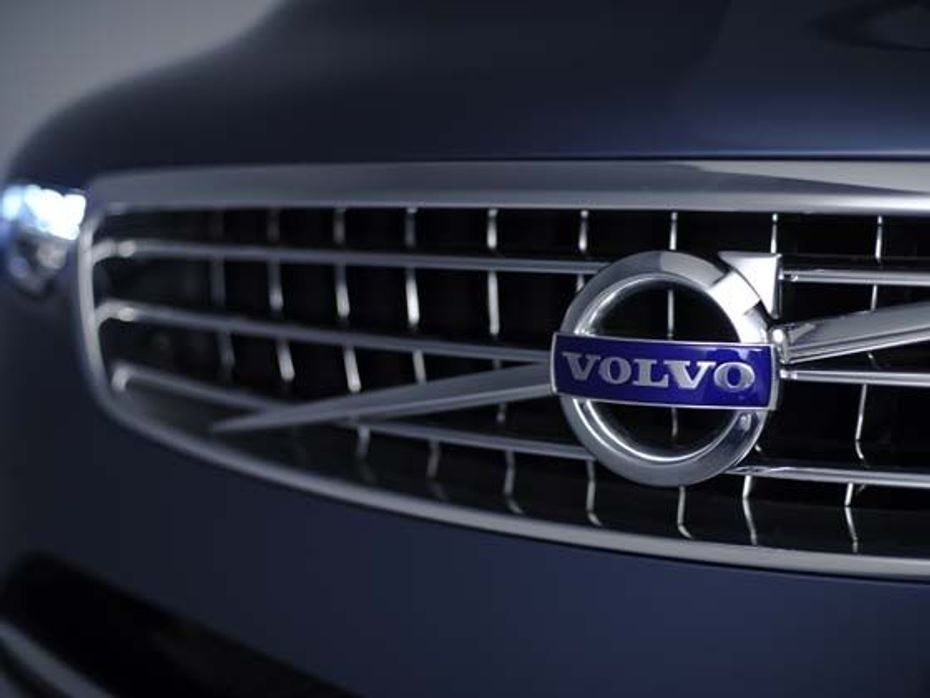
A Swedish car maker by birth, but a global automotive force by right, Volvo may have built a unshakable reputation as being the manufacturer of the world’s safest cars, but is now slowly moving forward step by step in an earnest attempt to harness all possible technologies that will dress, power and distinguish its cars of the future.
While, the Concept Universe and the more recent Concept You designs were but a glimpse of what the not so distant future holds for this world-renowned car maker, Volvo’s foreseeable vision for its automobiles is far from a mere pretty sketch of something that is one would refer to as ‘unconventional.
The ultimate production value of such cars will be based on something very technologically sound and plausible, which will be based on two golden principles that the company hopes will bring out the best in terms of promoting the company’s economies to scale, as well as in achieving the peak performance capabilities of renewed, refreshed and reworked designs for all its existing models across genres.
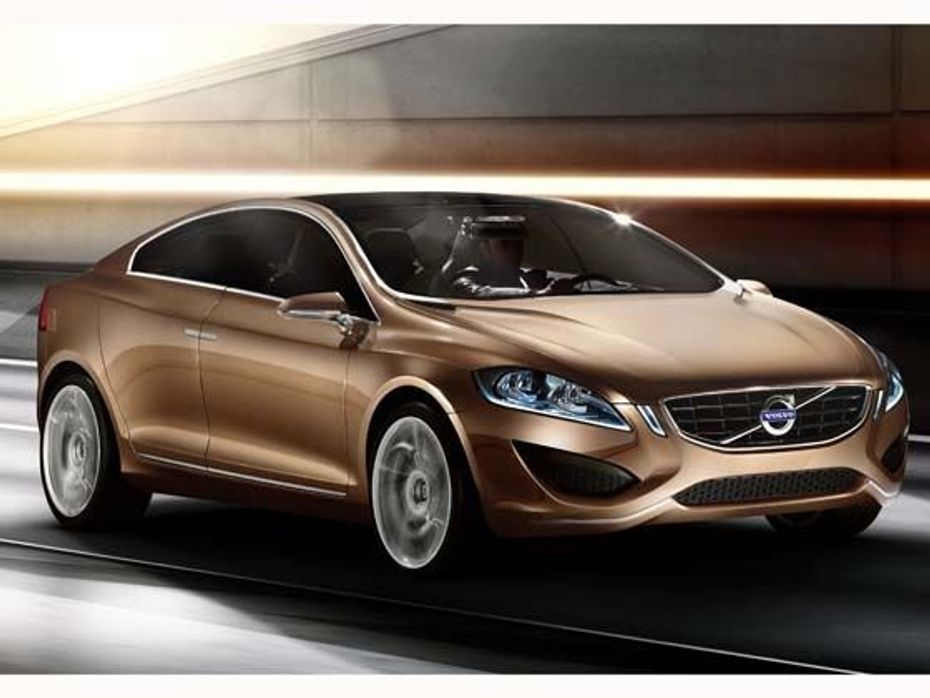
A Scalable Vehicle Architecture (SPA):
As complicated as the above title may sound, in the automotive industry it is just simple economics. With constantly growing inputs costs and a steady surge in demand for cars that are very varied in build, size and their existing assembly operations, the challenge for Volvo is to bring about standardization and a sense of uniformity in what it likes to call its design modules.
For example, in today’s existing Volvo model range, the Volvo S60, V60, and the XC60 form one unique cluster. Through a perfected Scalable Vehicle Architecture (SPA) setup, the Swedish car maker hopes to build models belonging to the same cluster on the same production line irrespective of the size and complexity of its production cycle.
With the aid of a flexible production system, the company will develop a model range that will be based on the same joint modules, interfaces, scalable systems and components, thus minimizing the overall cost for production and the ability to assemble multiple models on one and the same assembly line.
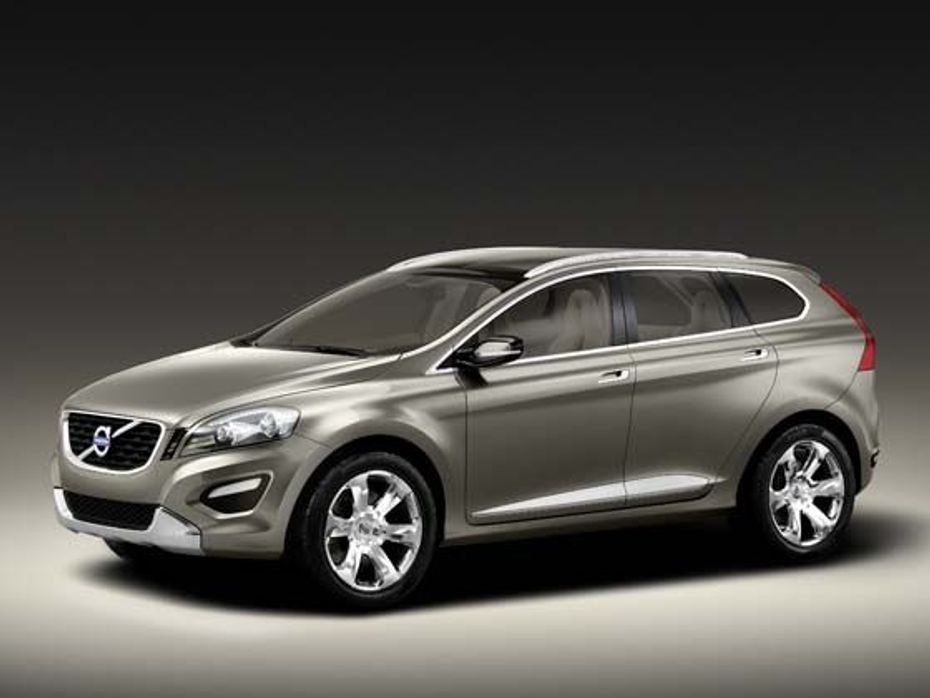
Peter Mertens, Senior Vice President Research and Development at Volvo Car Corporation sees significant advantages in the company adopting this new production technique, which according to him will bring improvements in the car’s overall weight, its electrification, the overall driving dynamics and finally the design proportions, which is bound to take new and exciting shapes once the new assembly line falls in place.
Sharing his thoughts on the benefits of SPA for Volvo, Mertens said,"SPA gives us a fresh technological start. When the first SPA model is launched in a few years' time, about 90 percent of its components will be new and unique. What is more, we're raising the bar when it comes to quality and technology level in every area. We will be fully on a par with our competitors."
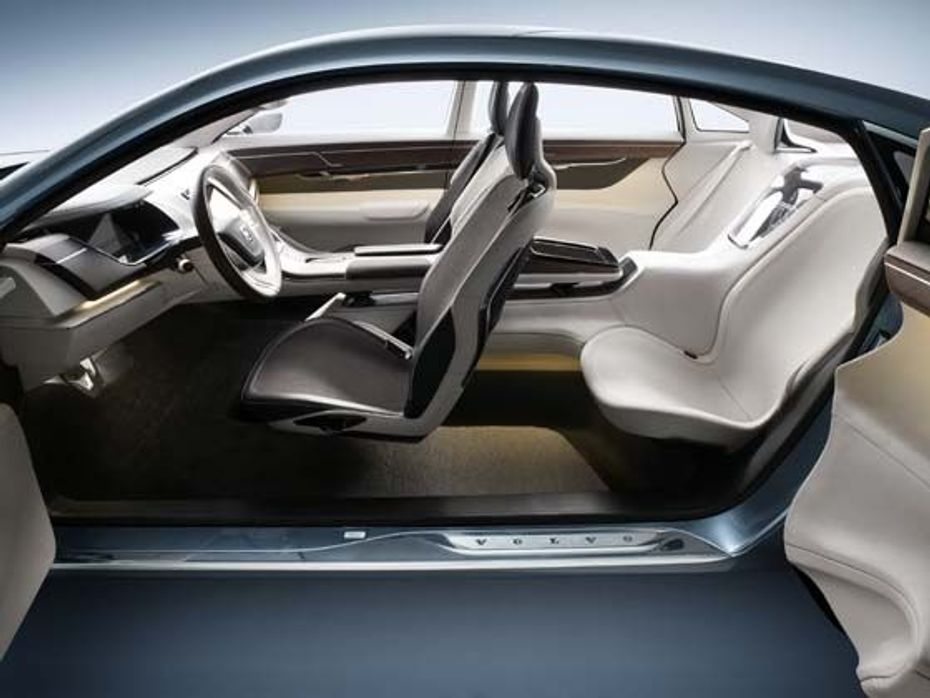
Through its future implementation of a Scalable Vehicle Architecture (SPA) setup, Volvo is confident that its vehicles will receive various upgrades in performance and driving pleasure. The first step will be to bring about a 100-150 kg drop in the overall weight of its cars, which will be possible through the use of high strength steel and lots and lots of aluminum for re-building a lightweight yet rigid chassis. The new architecture will also make room for advanced levels of electrification that will include start stop technology, multiple touch-screen multimedia and connectivity interfaces and most importantly a pure electric drive system, the inclusion of which will have little impact on the interior room of the vehicles.
With calculated changes to the vehicle’s height both from the ground and the its elevation at the front, Volvo hopes to gain better aerodynamics for its future cars. The use of a new homogenous platform for the assembly of its cars will have its obvious advantages, however maintaining a distinctive look and interior characteristics for vehicles belonging to the same module may pose to be a major challenge.
New Four-Cylinder Petrol and Diesel Engines in the pipeline
Preparing for a future that will inevitably head towards going as low on emissions as possible, Volvo plans has conceived a new engine range, known as the VEA (Volvo Environmental Architecture) that consists solely of four-cylinder engines, in both petrol and diesel options.
The new power trains will be 90 kg lighter than Volvo’s existing engines and fuel economy is expected improve by about 35 %. A compact transverse engine layout will be most suitable for its vehicle considering the advanced electrification options that future Volvo cars are aspiring to offer to customers.
Though the VEA engine range will be largely based on a modular format that will use a standard 500cc per combustion chamber design, its flexible nature will give Volvo the option of making three-cylinder engines with the same configuration. With VEA, Volvo Car Corporation also introduces a new 8-speed automatic gearbox that will give drivers a smoother driver and better mileage figures.
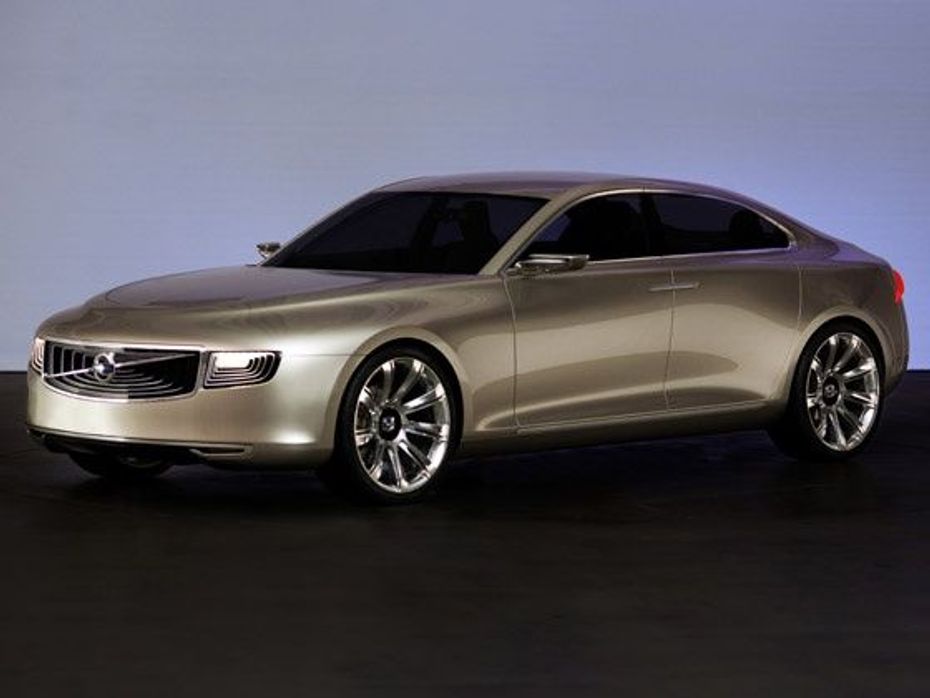
Bringing Flywheel KERS F1 Technology to Public Roads
KERS or Kinetic Energy Recovery Systems are now very much a part of the Formula One Circuit, and its strategic use on long-straights’ has repeatedly seen F1 driver pulling successfully overtaking maneuvers at crucial stages of a race.
"This system offers the driver an additional 80 horsepower, giving a four-cylinder engine the acceleration of a six. What's more, it has potential for reducing fuel consumption by up to 20 percent. Flywheel technology would be a suitable solution for our large cars such as the Concept You sedan," says Peter Mertens.
Later this year, Volvo will become the first automobile company ever to test this Formula One inspired technology on public roads. Just like on F1 cars in motion, with the implementation of KERS, Volvo passenger cars of the future can expect get to receive an exciting propel forward.

Volvo plans to start CKD operations of cars

Sales up for Volvo Car UK in 2012

Volvo XC60 plug-in at the 2012 Detroit Auto Show

Mahindra XUV 3XO To Debut Tomorrow: 5 Things You Need To Know

Top Bike News Of The Week: Honda Activa Electric Launch Timeline...

2024 Mahindra XUV 3XO Interior Revealed: Old vs New Compared

Kawasaki Versys X 300 India Launch This Year: But Does It Make Sense?

Hyundai Creta EV Possible India Debut Timeline Revealed

Bajaj Pulsar NS400 Teased Again Ahead Of Its Launch

2024 Mahindra Thar 5-door Base Variant Spotted On Test
India's largest automotive community